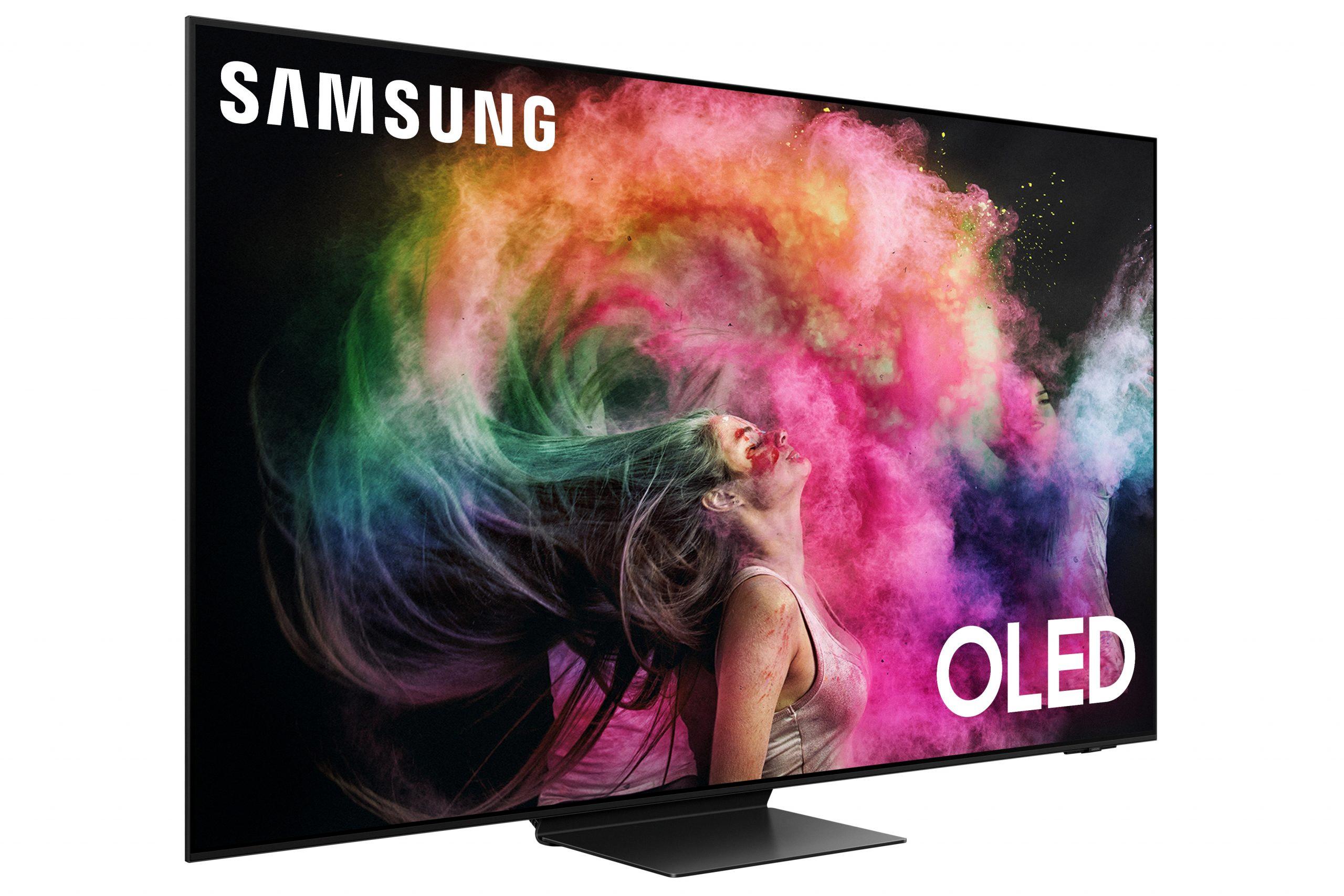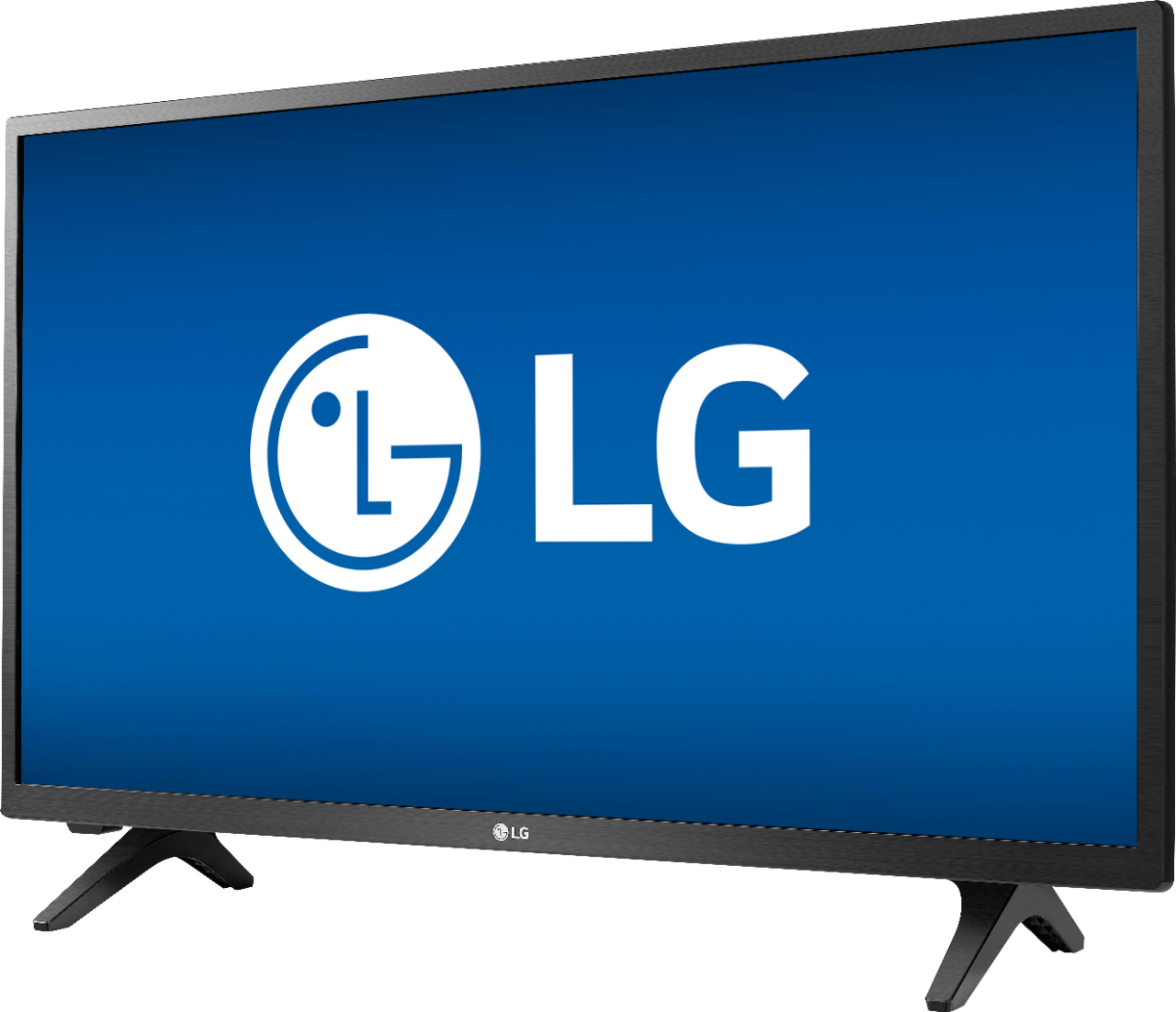Samsung, a leading consumer electronics company, has made a significant shift in its approach towards OLED technology. For years, the company criticized LG’s OLED TVs, but now it has fully embraced OLED and even developed its own technology called QD-OLED. Samsung has also entered into a deal with LG Display to purchase WOLED panels, which are used by Sony and LG to build their OLED TVs.
In terms of picture quality, both Samsung and LG OLED TVs are highly accurate. However, Samsung’s quantum color technology stands out, providing richer and more natural reds in images of flowers and sunsets, for instance. This has made Samsung’s OLED TVs a popular choice among consumers.
Samsung’s foray into OLED technology began last year with the launch of its first QD-OLED TV. Additionally, Samsung Display is supplying OLED panels for Sony’s QD-OLED TV. This partnership has further solidified Samsung’s commitment to OLED in the market.
According to Reuters, LG Display is set to supply Samsung with a significant number of OLED panels in the coming years. The agreement includes 2 million panels in 2024, 3 million in 2025, and a staggering 5 million in 2026. This indicates Samsung’s confidence in the growth and demand for OLED TVs.
In the past, choosing the best TV was a simple decision: OLED for superior picture quality and QLED for cost and brightness. However, advancements in OLED technology have improved brightness levels, while the introduction of mini-LED technology has narrowed the picture quality gap for QLED TVs.
While the standard advice of selecting an OLED TV for optimal picture quality and a QLED TV for cost and brightness still holds true for now, it is important to consider the evolving landscape. Samsung’s commitment to OLED technology and its advancements in quantum color make its OLED TVs a compelling option for consumers seeking top-notch picture quality.
Samsung has made a significant shift in its stance towards OLED technology, embracing it wholeheartedly and even developing its own QD-OLED technology. The company’s partnership with LG Display further solidifies its commitment to OLED, and its advancements in quantum color have made its OLED TVs a popular choice among consumers. As the TV market continues to evolve, it is worth keeping an eye on Samsung’s OLED offerings for those seeking the best picture quality.

Is Samsung or LG Better for OLED?
When it comes to OLED technology, both Samsung and LG are renowned for their high-quality TVs. However, if we compare the two, Samsung generally takes the lead in terms of OLED performance.
Here are some reasons why Samsung is considered better for OLED:
1. Quantum Color Technology: Samsung utilizes advanced quantum color technology in its OLED TVs, which enhances color accuracy and reproduction. This results in richer and more natural colors, particularly noticeable in reds, such as in flowers and sunsets.
2. Picture Quality: Samsung’s OLED TVs often exhibit a superior picture quality, with deeper blacks and brighter highlights. This is due to their advanced image processing algorithms and panel technologies.
3. Design: Samsung’s OLED TVs are known for their sleek and stylish designs. They often feature slim bezels and innovative stands, adding a touch of elegance to any room.
4. Software and Features: Samsung’s OLED TVs come with a user-friendly interface and a wide range of smart features. Their Tizen operating system provides a smooth and intuitive user experience, allowing easy access to various apps and streaming services.
On the other hand, LG also offers excellent OLED TVs with their own strengths. They are known for their wide viewing angles, which ensure consistent picture quality even when viewed from the side. LG’s OLED TVs also have a reputation for exceptional motion handling and gaming performance.
While LG’s OLED TVs have their merits, Samsung tends to outshine them in terms of color accuracy, picture quality, design, and software features. However, it is essential to consider individual preferences and requirements when choosing between the two brands.
Has Samsung Ever Made an OLED TV?
Samsung has made OLED TVs in the past. However, they initially focused on LCD technology and their own version called QLED (Quantum Dot LED). OLED (Organic Light Emitting Diode) technology is known for its superior contrast, deep blacks, and wide viewing angles. While Samsung had previously used OLED panels in their smartphones, they only recently returned to OLED for their TVs.
In 2020, Samsung launched its first QD-OLED TV, combining Quantum Dot and OLED technologies. This hybrid display technology aims to offer the benefits of both QLED and OLED, such as vibrant colors and deep blacks. This move indicates Samsung’s interest in OLED technology for their high-end TV lineup.
Furthermore, Samsung Display, a subsidiary of Samsung Electronics, has started supplying OLED panels to other companies as well. They provided OLED panels for Sony’s first QD-OLED TV, which demonstrates their commitment to expanding their presence in the OLED market.
While Samsung initially focused on LCD and QLED technologies, they have recently entered the OLED TV market with their QD-OLED TV.
Is Samsung OLED Better Than Qled?
When comparing Samsung OLED and QLED TVs, it is important to consider your specific needs and preferences. Both technologies have their strengths and weaknesses.
Samsung OLED TVs offer exceptional picture quality, thanks to their individual pixel illumination. Each pixel can independently emit light or turn off completely, resulting in true blacks and vibrant colors. OLED displays also have wide viewing angles, meaning the picture quality remains consistent even when viewed from the side.
On the other hand, QLED TVs utilize Quantum Dot technology, which enhances brightness and color accuracy. They can reach higher peak brightness levels, making them suitable for brightly lit rooms. QLED displays also tend to have better HDR performance, allowing for a more dynamic and lifelike viewing experience.
Conclusion
Samsung’s recent embrace of OLED technology marks a significant shift in the TV market. After years of skepticism, Samsung has developed its own QD-OLED technology and partnered with LG Display to acquire WOLED panels. The result is a lineup of TVs that rival the picture quality of leading OLED brands like Sony and LG.
Samsung’s quantum color technology, in particular, delivers rich and natural colors, surpassing those of its competitors. This move towards OLED displays demonstrates Samsung’s commitment to providing consumers with the best visual experience possible.
Furthermore, the partnership between Samsung and LG Display ensures a steady supply of OLED panels for Samsung’s future TVs. LG Display is set to provide 2 million OLED panels in 2024, followed by 3 million in 2025, and eventually reaching 5 million in 2026. This partnership signifies the industry’s recognition of the quality and demand for OLED displays.
While QLED technology has traditionally been favored for its brightness and cost-effectiveness, OLEDs have made significant advancements in brightness, and mini-LED technology has narrowed the gap in picture quality. However, the standard advice of choosing OLED for superior picture quality and QLED for cost and brightness still holds true for now.
Samsung’s venture into OLED displays through its QD-OLED technology and partnership with LG Display showcases its commitment to innovation and delivering exceptional visual experiences to consumers. As the TV market continues to evolve, Samsung’s OLED TVs are undoubtedly worth considering for those seeking top-notch picture quality.








